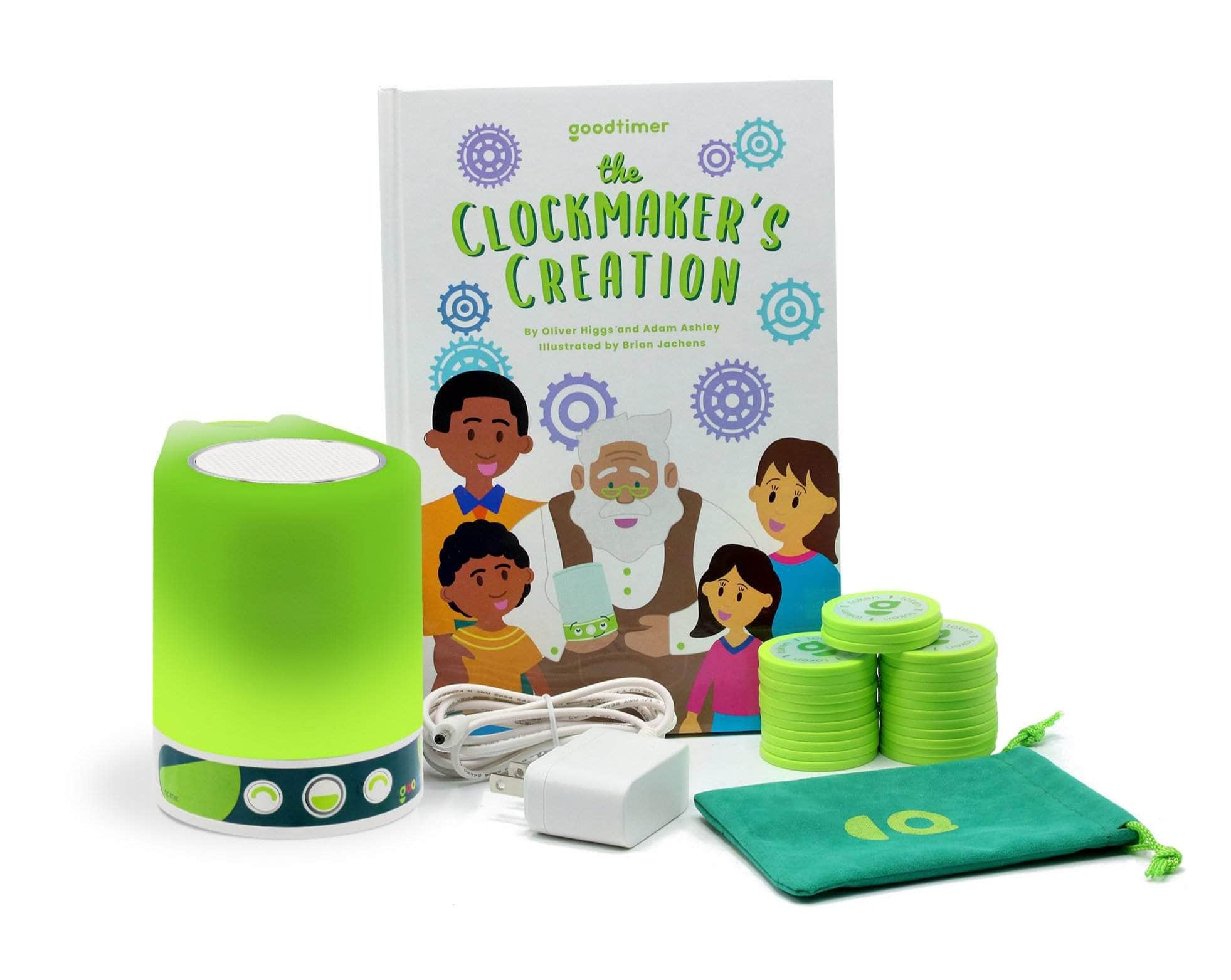Unlocking Potential: Encouraging Initiative and Motivation in Young Children (with help from your Goodtimer)
When you look at a list of the’ ideal character traits parents want to see in their children, motivation always ranks high. This makes sense - after all, if your child is self-motivated to initiate and finish tasks and projects, that’s a foundational element for their later success in life. As we’ve all seen, though, it’s much more common for kids to procrastinate tasks and projects (especially with tasks that they dislike). As parents, we can help foster a sense of initiative in our kids to help them thrive; after all, a kid who is able to take initiative likely has advantages of getting better grades and acting with more resilience. So…how can we empower our kids in this arena?...by promoting relationships and experiences that teach our children to trust that they are capable. Kids can begin to develop these skills as early as preschool.
3 Steps for Motivating Kids
- Create a Goodtimer Goal. In helping your child exercise motivation and initiative, it is helpful to set a goal together based on their interests; after all, intrinsic motivation happens when a person feels driven internally to do a task. For example, are they curious about playing a new instrument? You can help them create the goal of learning a simple, age-appropriate song. Plan out steps with your child to help them understand what exactly they need to do to work toward their goal. Every child wants to do their best while achieving milestones, but for many, their initial drive can be overshadowed by a shiny distraction or even a fear of failure. Help them stay focused on achieving their goals with positive reinforcement techniques (including the ones offered by your Goodtimer!)
- Guide Them Toward a Challenge. When a child feels challenged, it forces them to grow. They learn real-world skills by adapting to the rules and complexities of their new challenging environment and, in turn, develop self-motivating habits. As they face and overcome challenges, they’ll feel more confident in their capabilities and be better prepared for what comes next. Be sure to coach your child from the sidelines as they walk through new experiences, allowing them to make mistakes, and offering advice and support as needed.
- Go Long! A long-term project helps children develop a sense of perseverance in the face of whatever challenges may come up later in life. Long-term projects are difficult for anyone, especially young children, so breaking them up into smaller steps and then awarding completion of said steps with pre-determined Goodtimer incentives will keep their stamina up. Include them in the process of planning the next steps they need to take to accomplish their longterm goal. Also, to encourage self-awareness and drive repeat behavior, be sure to ask your child how they felt when they took initiative. Research shows that a great way to work through the crucially important reflection phase is to ask for the “What? So What? Now What?” Listen carefully to better understand their journey and what does/doesn’t work for them as individuals.
One of the best things you can do to support your kids in discovering motivation and initiative is to let them get bored! This means that you should take a back seat instead of packing their schedules full. It means you should ask open-ended questions and give thoughtful suggestions based on their answers. It means you should let your children make mistakes, remind them of how proud you are of their effort, and ask them to reflect on the joy they felt in taking initiative. FInally, it means telling and showing your kids how you take initiative in everyday life so they have a model to emulate.
Remember, through taking initiative, our kids can develop the capacity to face challenges, find and embrace purpose, and overcome the inevitable obstacles life offers us all. By creating Goodtimer goals and incentives, guiding your child toward new challenges, and cheering them on as they engage in long-term projects, you can empower their innate motivation to persevere with confidence.
Watch the Video:










Leave a comment